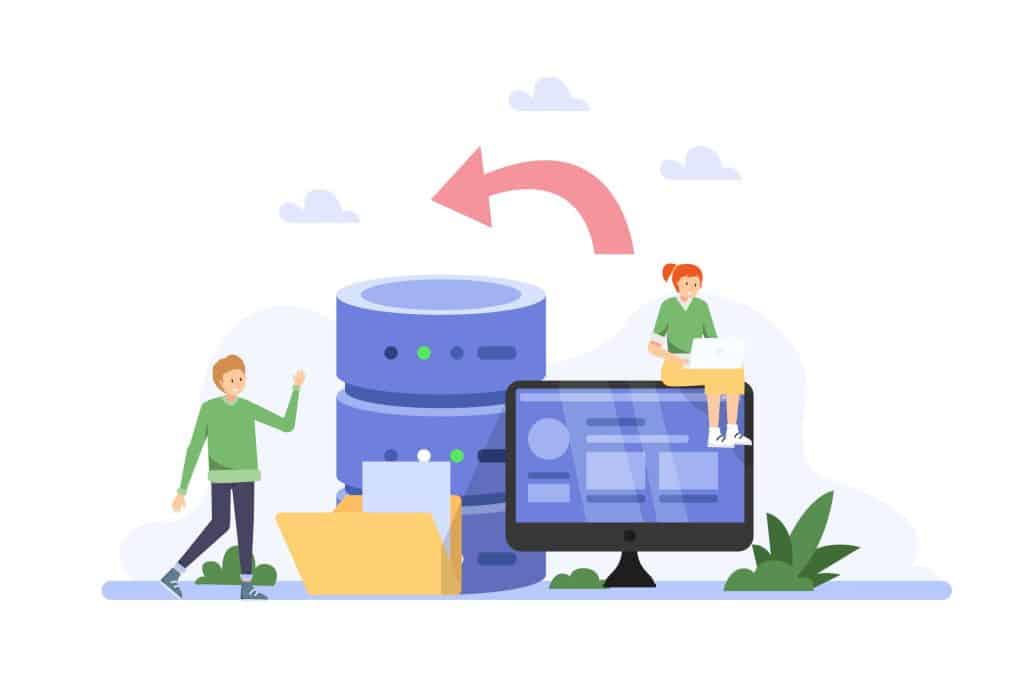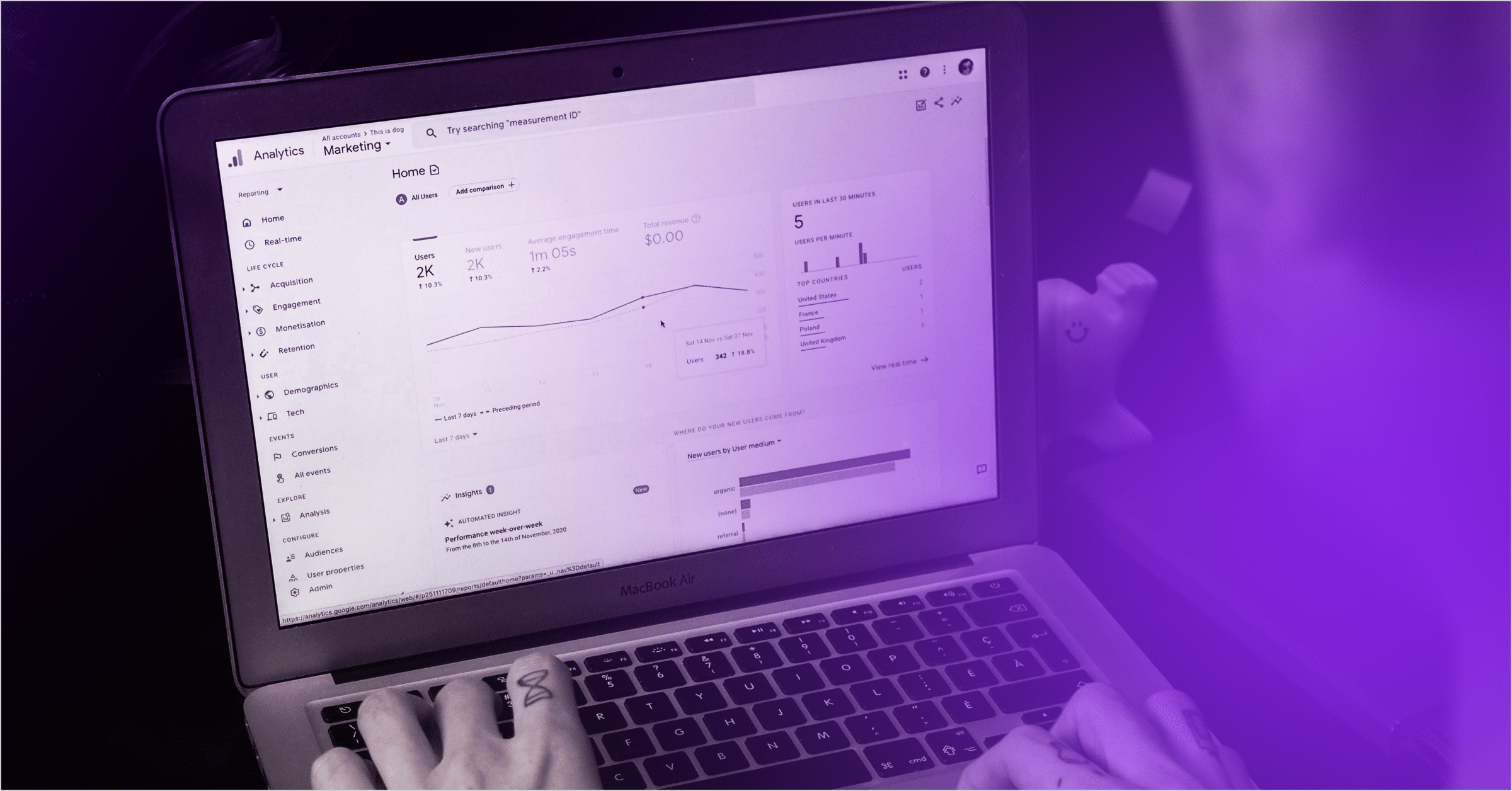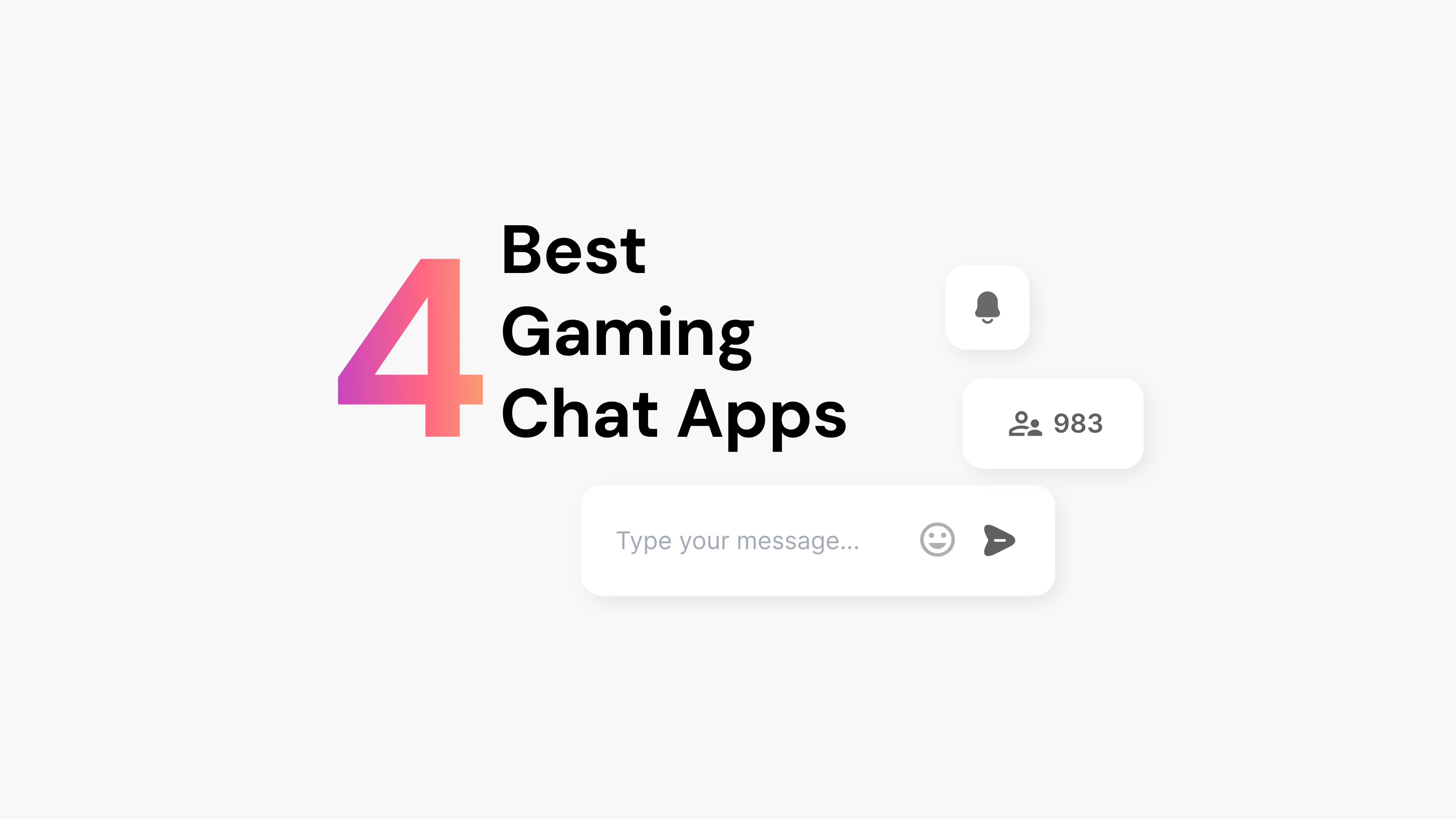Analyzing fan data with CDP integration can seem overwhelming at first, but it’s a game-changer for understanding your audience. You might wonder how this approach can transform your engagement strategies and boost loyalty among your fans.
Imagine having a complete view of every interaction your fans have with your brand. This data isn’t just numbers; it’s insights into behaviors, preferences, and trends.
With this information, you can create personalized experiences that resonate deeply with your audience, driving engagement and loyalty through the roof.
What is Fan Data Analysis with CDP Integration?
Fan data analysis with CDP integration involves collecting, unifying, and analyzing data from various touchpoints to gain a comprehensive view of fan interactions and behaviors. This process allows you to see how fans engage across different platforms, whether it’s social media, your website, or in-person events.
By integrating a Customer Data Platform, you can consolidate all this data into unified fan profiles. These profiles provide detailed insights into each fan’s preferences, behaviors, and engagement history. This holistic view enables you to understand what drives your fans and how they interact with your brand.
With these insights, you can create personalized fan experiences that cater to individual preferences. Whether it’s tailored content, targeted marketing campaigns, or personalized offers, you can engage fans in ways that feel relevant and meaningful to them. This level of personalization not only enhances the fan experience but also fosters loyalty and long-term engagement. Explore the differences between CDPs vs. DMPs to understand why a CDP might be more beneficial for your fan engagement strategies.

Benefits of Analyzing Fan Data with CDP Integration
Understanding the benefits of analyzing fan data with CDP integration can help you address the challenges and concerns you might have about implementing this strategy in your organization.
Gain Deeper Insights into Fan Preferences
Analyzing fan data with CDP integration allows you to understand what your fans like, dislike, and what keeps them coming back. You can see patterns in their behavior, such as which types of content they engage with the most or what times they are most active. This helps you tailor your offerings to match their preferences, making your interactions more relevant and engaging. Learn why you should work with a CDP to gain deeper insights into fan preferences and behaviors.
Enhance Fan Engagement and Loyalty
When you know what your fans enjoy, you can create experiences that resonate with them on a personal level. Personalized content, special offers, and targeted communications make fans feel valued and understood. This level of engagement fosters a deeper connection, turning casual followers into loyal supporters who are more likely to stay with you over the long term. Discover how CDPs are reinventing customer relations to enhance fan engagement and loyalty.
Identify High-Value Fans for Targeted Marketing
Not all fans are the same. Some engage more frequently, spend more money, or have a larger influence within their networks. CDP integration helps you identify these high-value fans by analyzing their interactions and behaviors. You can then focus your marketing efforts on these individuals, offering them exclusive deals or early access to new content, which can increase their loyalty and lifetime value.
Optimize Content and Campaigns Based on Fan Data
With detailed insights into fan behavior, you can refine your content and marketing strategies to better meet their needs. You can test different types of content, measure their performance, and adjust your approach based on what works best. This data-driven strategy ensures that your campaigns are more effective, leading to higher engagement rates and better overall results. Learn how to connect marketing campaigns using CDP insights to optimize your content and strategies.
How Does Fan Data Analysis with CDP Integration Work?
Before diving into the technicalities, it’s essential to understand how fan data analysis with CDP integration can alleviate common challenges and maximize the effectiveness of your engagement efforts.
Data Collection from Multiple Touchpoints
You start by gathering data from various sources where fans interact with your brand. These touchpoints can include social media platforms, websites, mobile apps, ticketing systems, and in-person events. Each interaction provides valuable data points about fan behavior, preferences, and engagement levels. Collecting data from all these touchpoints ensures you have a comprehensive dataset to work with. Understand the importance of real data collection to ensure accuracy and completeness in your data-gathering efforts.
Data Unification and Creation of Fan Profiles
Once you have collected data from multiple sources, the next step is to unify this data. This involves consolidating information from different touchpoints into a single, cohesive database. The CDP matches data points to individual fans, creating unified fan profiles. These profiles compile all interactions, purchases, and engagement activities, providing a holistic view of each fan. This unification process eliminates data silos and ensures that all relevant information is accessible in one place. Explore the best practices in customer data management to streamline the unification process.
Advanced Analytics and Segmentation
With unified fan profiles in place, you can now apply advanced analytics to the data. This involves using algorithms and machine learning techniques to analyze fan behaviors and identify patterns. Segmentation is a crucial part of this process. You can group fans based on various criteria such as demographics, engagement levels, purchase history, and preferences. Advanced segmentation allows you to target specific fan groups with tailored content and marketing strategies, enhancing the relevance and effectiveness of your campaigns.
Activation of Insights for Personalized Experiences
The final step is to activate the insights gained from your analysis. This means using the data to create personalized fan experiences. With detailed fan profiles and segmented groups, you can deliver targeted content, offers, and communications that resonate with individual fans. Personalized experiences can include customized email campaigns, special promotions, exclusive content access, and more. By leveraging the insights from your CDP, you can engage fans in meaningful ways that drive loyalty and long-term engagement.
Discover 20 ways to boost results with CDP to enhance your personalized fan experiences.
Key Metrics to Track in Fan Data Analysis
To ensure your fan data analysis efforts are effective, it’s crucial to track specific metrics that highlight the success and areas for improvement in your engagement strategies.
Fan Engagement Metrics
Fan engagement metrics measure how actively your audience interacts with your content and events. These metrics include likes, shares, comments, and time spent on your platforms. Tracking these interactions helps you understand which content resonates most with your fans. For example, if a particular type of post consistently receives high engagement, you can prioritize similar content in the future. Engagement metrics also highlight the effectiveness of your communication strategies, showing you which channels and messages generate the most interest.
Fan Lifetime Value (FLV)
Fan Lifetime Value (FLV) estimates the total revenue a fan generates over their entire relationship with your brand. This metric considers ticket purchases, merchandise sales, subscriptions, and other revenue streams. Calculating FLV helps you identify your most valuable fans and tailor your marketing efforts to retain them. By focusing on increasing FLV, you can enhance overall profitability. FLV also assists in budget allocation, ensuring you invest in strategies that yield the highest returns.
Fan Sentiment Analysis
Fan sentiment analysis evaluates the emotions and opinions expressed by your audience. This involves analyzing social media posts, reviews, and other feedback to gauge overall sentiment. Positive sentiment indicates satisfaction and loyalty, while negative sentiment highlights areas needing improvement. Sentiment analysis provides insights into how fans perceive your brand, helping you address issues promptly and maintain a positive image. It also guides content creation, ensuring your messaging aligns with fan expectations and preferences.
Conversion Rates and Revenue Attribution
Conversion rates measure the percentage of fans who take a desired action, such as purchasing tickets or subscribing to a newsletter. High conversion rates indicate effective marketing and a strong call to action. Revenue attribution tracks the sources of your income, showing which campaigns and channels drive the most sales. Understanding conversion rates and revenue attribution helps you optimize your marketing strategies. You can allocate resources to the most successful campaigns and refine those that underperform, maximizing your return on investment. Learn how to improve your conversion rates with CDP integration.
How to Implement Fan Data Analysis with CDP Integration
Implementing fan data analysis with CDP integration can seem daunting, but breaking it down into manageable steps can simplify the process and help you see its potential benefits.
Define Your Fan Data Strategy
Start by outlining clear objectives for what you want to achieve with fan data analysis. Identify key goals such as increasing fan engagement, boosting ticket sales, or enhancing personalized marketing efforts. Determine which data points are most relevant to these goals. This could include social media interactions, purchase history, and event attendance. Establish a timeline and set measurable targets to track your progress. A well-defined strategy provides a roadmap for your data initiatives and ensures all efforts align with your overall objectives.
Select the Right CDP Solution
Choosing the right Customer Data Platform (CDP) is crucial for effective data analysis. Look for a solution that offers robust data integration capabilities, allowing you to collect data from various sources seamlessly. Ensure the CDP supports real-time data processing and provides advanced analytics tools. Consider the platform’s scalability to accommodate future growth. Evaluate user interface and ease of use, as a user-friendly platform will facilitate smoother adoption by your team. Check for strong customer support and training resources to assist with implementation and ongoing use.
Integrate Data Sources and Touchpoints
Once you have selected a CDP, the next step is to integrate all relevant data sources. Connect your social media platforms, website analytics, CRM systems, ticketing platforms, and any other touchpoints where fan interactions occur. This integration ensures a comprehensive view of fan behavior across all channels. Use APIs and data connectors provided by the CDP to streamline this process. Ensure that data flows smoothly and consistently from each source into the CDP, creating a unified dataset for analysis.
Analyze and Segment Fan Data
With your data integrated, begin analyzing it to uncover insights. Use the CDP’s analytics tools to identify patterns and trends in fan behavior. Segment your audience based on various criteria such as demographics, engagement levels, purchase history, and preferences. This segmentation allows you to tailor your marketing efforts to different fan groups. For example, you might create separate campaigns for high-value fans, casual followers, and new prospects. Advanced segmentation helps you deliver more relevant and effective marketing messages.
Activate Insights for Personalized Experiences
Leverage the insights gained from your data analysis to create personalized fan experiences. Use the unified fan profiles and segments to deliver targeted content and offers. Personalization can include customized email campaigns, special promotions, and exclusive content access. Ensure that your messaging resonates with individual fans by addressing their specific interests and preferences. Personalized experiences enhance fan engagement and loyalty, making fans feel valued and understood.
Measure and Optimize Performance
Track the performance of your personalized campaigns and initiatives using key metrics. Monitor engagement rates, conversion rates, and revenue generated from your efforts. Use the CDP’s reporting tools to generate detailed performance reports. Analyze these reports to identify what’s working and where improvements are needed. Continuously refine your strategies based on these insights. Adjust your campaigns to optimize results, focusing on the tactics that yield the highest engagement and return on investment. Regular performance measurement and optimization ensure that your fan data analysis efforts remain effective and aligned with your goals.
Best Practices for Fan Data Analysis with CDP Integration
Implementing best practices can help you maximize the effectiveness of your fan data analysis efforts and address any concerns regarding data quality and privacy.
Ensure Data Quality and Consistency
Maintaining high data quality and consistency is key to effective fan data analysis. Start by implementing robust data validation processes to ensure accuracy when data enters your system. Regularly audit your data to identify and correct any inconsistencies or errors. Use automated tools to clean and standardize data formats, making it easier to merge information from various sources. Consistent data allows for more reliable analysis and better decision-making.
Respect Fan Privacy and Consent
Fan privacy and consent are non-negotiable. Always collect data transparently, informing fans about what data you gather and how you will use it. Implement clear opt-in mechanisms for data collection and provide easy options for fans to manage their preferences. Ensure compliance with relevant data protection regulations, such as GDPR or CCPA. Regularly review your data privacy policies and update them as needed to reflect changes in laws or best practices. Respecting fan privacy builds trust and encourages more fans to share their data willingly.
Collaborate Across Teams and Departments
Effective fan data analysis requires collaboration across various teams and departments. Marketing, sales, customer service, and IT should work together to share insights and align strategies. Regular cross-departmental meetings can help ensure everyone is on the same page and working towards common goals. Use collaborative tools and platforms to facilitate communication and data sharing. This holistic approach ensures that all aspects of fan engagement are considered and optimized.
Continuously Refine and Optimize Your Approach
Fan preferences and behaviors change over time, so your data analysis approach should be flexible and adaptable. Regularly review your strategies and metrics to identify areas for improvement. Use A/B testing to experiment with different approaches and measure their effectiveness. Stay updated with the latest trends and technologies in data analysis to keep your methods current. Continuously refining your approach helps you stay ahead of the curve and maintain high levels of fan engagement and satisfaction.
Engage your audience like never before with Arena.im’s powerful live chat and real-time engagement tools. Sign up now to boost interaction, build community, and elevate your brand experience. Visit Arena.im Pricing to get started today.



